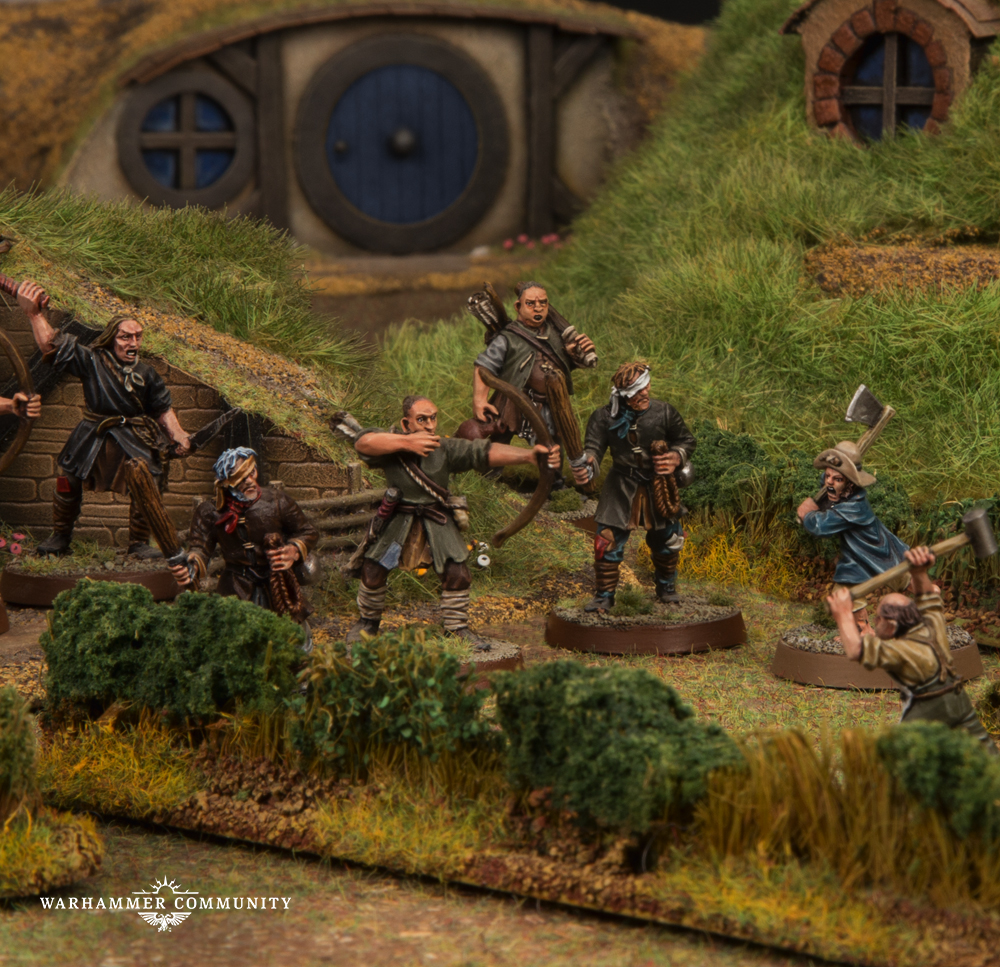Good morning gamers,
Well, we're preparing for the GT this weekend and today we're going to talk about the armies I thought about taking and what army I decided to take. I should mention that while there are five lists here that could have worked well, it was always going to be one of two lists.
The Tournament Format
The tournament this year will feature the veto system, with each round coming from a different pool of the Matched Play Guide. The pools will be the control pool (#2), the slaying pool (#4), and the get-somewhere pool (#5). Each round the players will take turns vetoing a scenario from the pool, leaving only one scenario to play that round.
The tournament is also set for 800pts and 2:15:00 rounds, so there's enough time to finish the scenario if the players play quickly. We've never done an 800pt event before, so this will be a new one for us.
That's it for the preliminaries - let's look at some lists!
List #5: The Vanquishers of the Necromancer LL
Yep, they're the hot new sauce - and while Gandalf might be required now, at 800pts neither the most recent list building rule that Gandalf needs to be in the list nor the demotion of Galadriel to a Hero of Fortitude change anything (except that Galadriel is less likely to be issued a Heroic Challenge). Yes, you can't cast Sorcerous Blast, Nature's Wrath, and Wrath of Bruinen after you've been charged, but you still have plenty of melee combat potential and spells like Immobilize, Panic Steed, Renew, and Banishment can be game-changing and are still fair game when your models have been charged.
Based on the THREE objective-scenario practice games that I played, I learned that . . . I have a lot to learn about playing objective-based games with these guys. Knowing that at least one scenario would require me to do this, I'm putting them back in the box and will bring them out for a tournament in the future (and learn how to use them better).
- Saruman the White [ARMY LEADER]
- Gandalf the Gray
- Galadriel, Lady of Light
- Elrond, Master of Rivendell with heavy armor
- Radagast the Brown







